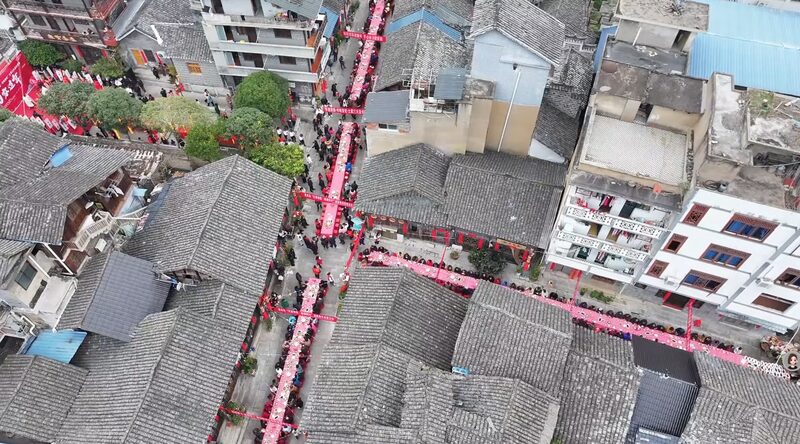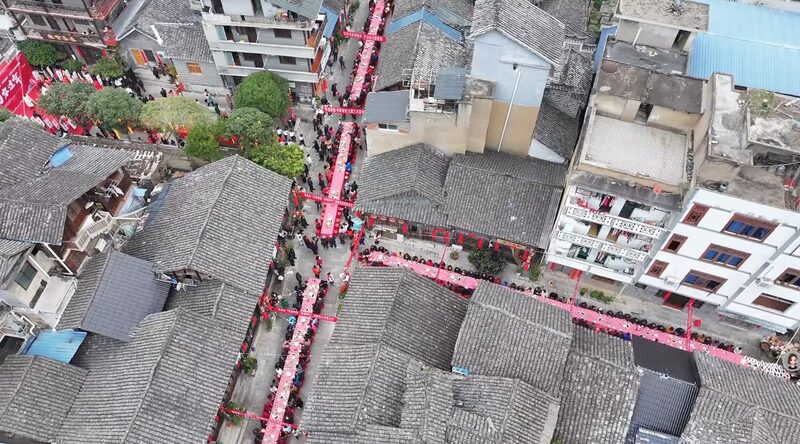Nestled in the lush mountains of Hunan Province, Furong Town—a 2,000-year-old settlement known for its stilted houses cascading alongside roaring waterfalls—is drawing global attention as a unique summer retreat. The town’s architecture, seemingly suspended above nature’s spectacle, blends tradition with the raw beauty of the Chinese mainland’s landscapes.
A Living Postcard of History and Nature
Furong’s wooden homes, built by the Tujia ethnic minority, cling to cliffsides as waterfalls like the 60-meter-tall Hongqiao Plunge weave through the village. Locals describe life here as 'harmony in motion,' where mornings begin with mist rising from the falls and evenings fade to the sound of rushing water.
Cultural Crossroads for Travelers
Beyond its visual allure, the town offers a window into Hunan’s ethnic heritage. Artisans demonstrate traditional indigo dyeing, while seasonal festivals showcase Tujia and Miao folk dances. Recent infrastructure upgrades, including high-speed rail access from Zhangjiajie, have made the once-remote destination more accessible to international visitors.
Why It Matters Now
As sustainable tourism gains momentum across Asia, Furong’s low-impact approach—prioritizing preservation over commercialization—provides a model for balancing cultural heritage with economic growth. Analysts note rising interest in such destinations from both diaspora communities and eco-conscious travelers.
Reference(s):
cgtn.com








